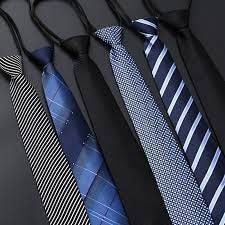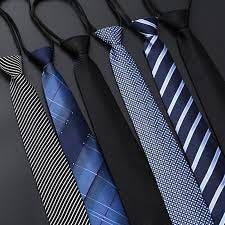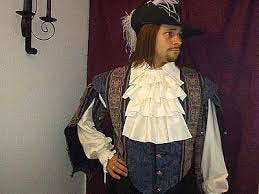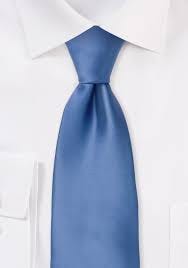Where Did The Necktie Originate And What Purposes Did It Serve?
Everything you need to know about neckties.
Ladies and Gents,
Welcome back to The Random Thought of the Week. Posts have been a bit scattered lately, and unfortunately, they will continue to be until I get settled into a regular schedule. This post is going to be a bit shorter this week, but they will not stay this short! Anyway, I recently attended a wedding, which got me thinking about where ties come from. Why do people wear neckties? What’s the purpose of them? So, tighten those Windsor knots and put on those tie bars as we explore everything you need to know about neckties.
The Origin
The origin of neckties is extremely unclear and messy. The earliest potential discovery of a necktie dates back to the 1500s BC in Egypt. Archeologists have found evidence of clothing garments tied around mummies (referred to as a tiet). Ancient Egyptians believed knots, especially when attached to the body, held and released magic.
The next discovery of a possible necktie origin was in 210 BC. The Terracotta army used neckcloths to show solider’s ranks.
The conventional necktie that spread from Europe, however, originated in Croatian mercenaries serving in the Thirty Years War (1618-1648). The soldiers would tie handkerchiefs around their necks (for a variety of reasons I will get into later). It caught on in Paris and was given the name “cravat”. Louis XIV was notorious for wearing the cravat and set the standard for French Nobility.
The cravat spread over Europe and eventually America. It morphed into many things throughout the years, including neck scarfs, ruffles, leather collars, and other fashion statements that looked absolutely balls.
The modern necktie as we know it did not emerge until the late Industrial Revolution (1860s). At the time, more people wanted something comfortable, easy to put on, and would last the entire workday. Enter the modern necktie. The necktie really started to take off in the early 1900s and into the mid-1900s. Styles of neckties shifted constantly (short to long - thin to thick), and as we entered the 1950s, neckties became extra thick. At one point, it was apparently cool to wear ties that were as much as six inches thick. If that’s not the most disgusting thing you’ve ever heard, I don’t know what is.
Eventually, neckties shifted to a more acceptable style and length (unless you're a politician, then they stayed overly bright and long). Now that we have a little context surrounding the history, let’s look at the actual purpose of a necktie.
The Purpose
Looking throughout history, there is no clear original purpose of a necktie. Sometimes, it signaled rank and status. Other times, they were strictly used for keeping shirts closed and serving as an aid for good hygiene. My favorite supposed purpose of the necktie was when ancient armies used a necktie to symbolize the head being tied to the rest of the body (obviously making it harder to lose said head). In the last 200 years, however, ties have strictly been used for style purposes.
No matter what though, everyone should learn how to tie a Windsor knot, the obvious best kind of knot to tie a tie. I hope you enjoyed the random thought of the week. If you did, post about it, share, and comment. Substack says that most of my subscribers are coming from Instagram, so keep it going! Have a great week!
All the best,
H.R. Berry







